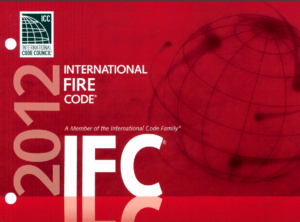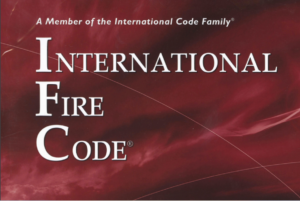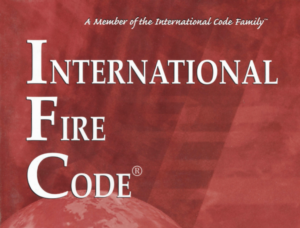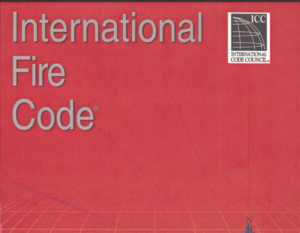The 2006 Washington State Building Code adopts the International Fire Code (IFC), Chapter 51-54, establishing comprehensive fire safety and prevention standards. Initially adopted in 1974 and amended by the State Legislature in 1985 to delegate code adoption responsibilities to the State Building Code Council, this code outlines the hierarchical precedence of various building standards, ensuring clarity in cases of conflicting requirements.
Key highlights of the code include prioritizing the International Building Code for construction standards and specifying that the Energy Code supersedes the International Mechanical Code for duct insulation requirements. In situations where general and specific requirements conflict within the IFC itself, the more specific or restrictive condition prevails.
The administrative enforcement of the IFC is the responsibility of local jurisdictions, which can contract with other jurisdictions or agencies for enforcement activities. The State Building Code Council has established procedures for reviewing local amendments, emphasizing that these amendments should not diminish minimum performance standards outlined by the state.
Each year, the State Building Code Council considers amendments to maintain the codes’ relevance and effectiveness, aligning with new legislative, federal, or court mandates. Local jurisdictions have the ability to make further amendments, although certain areas such as residential energy and accessibility standards under the International Building Code are protected from local changes.
The code explicitly addresses various operational and administrative aspects, including the administration of permits, enforcement authority, and specific protocols for handling and reporting fire incidents and insurance records. This structured approach ensures a uniform statewide standard for fire safety while allowing flexibility for local adjustments based on specific needs and conditions.






